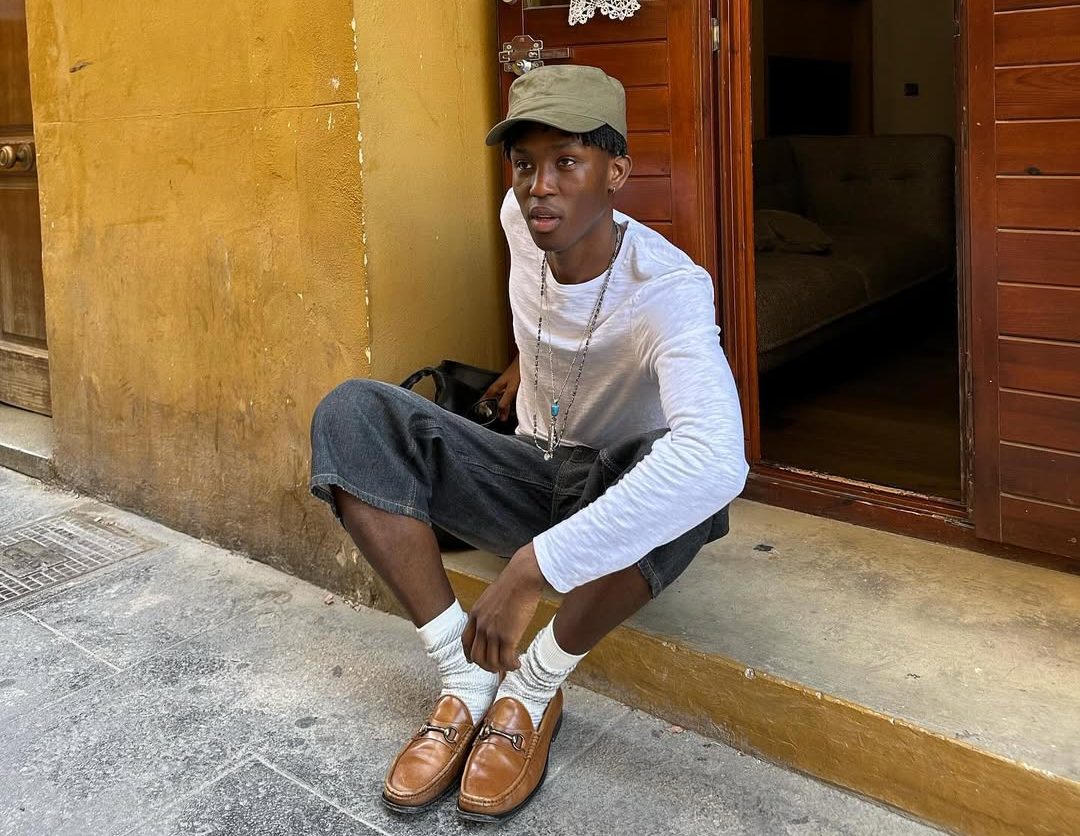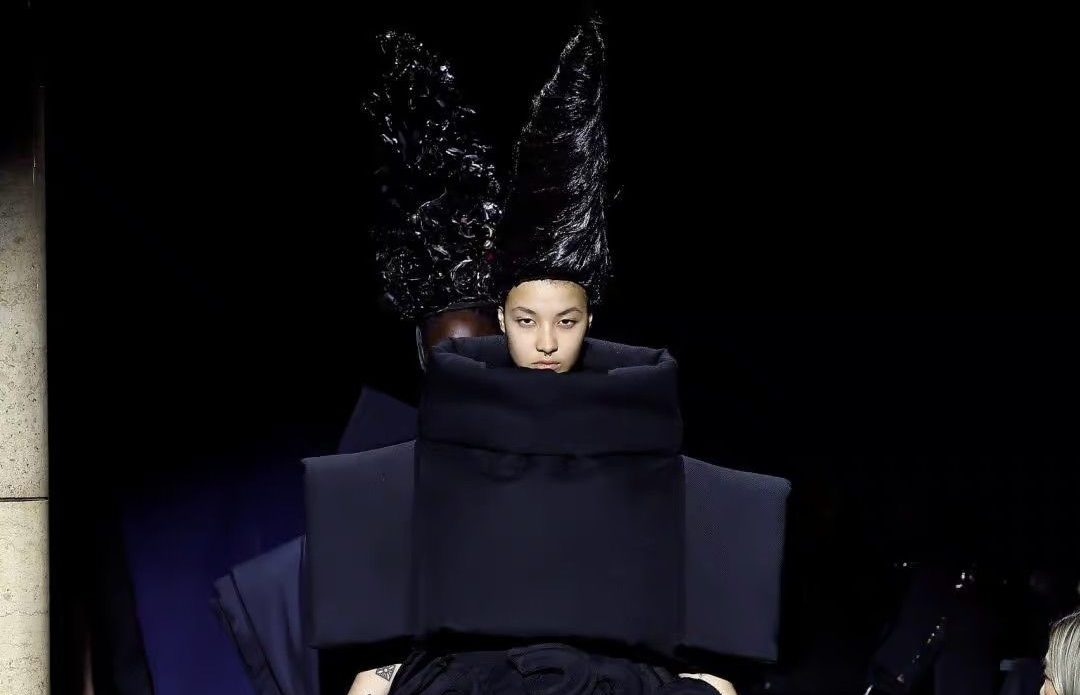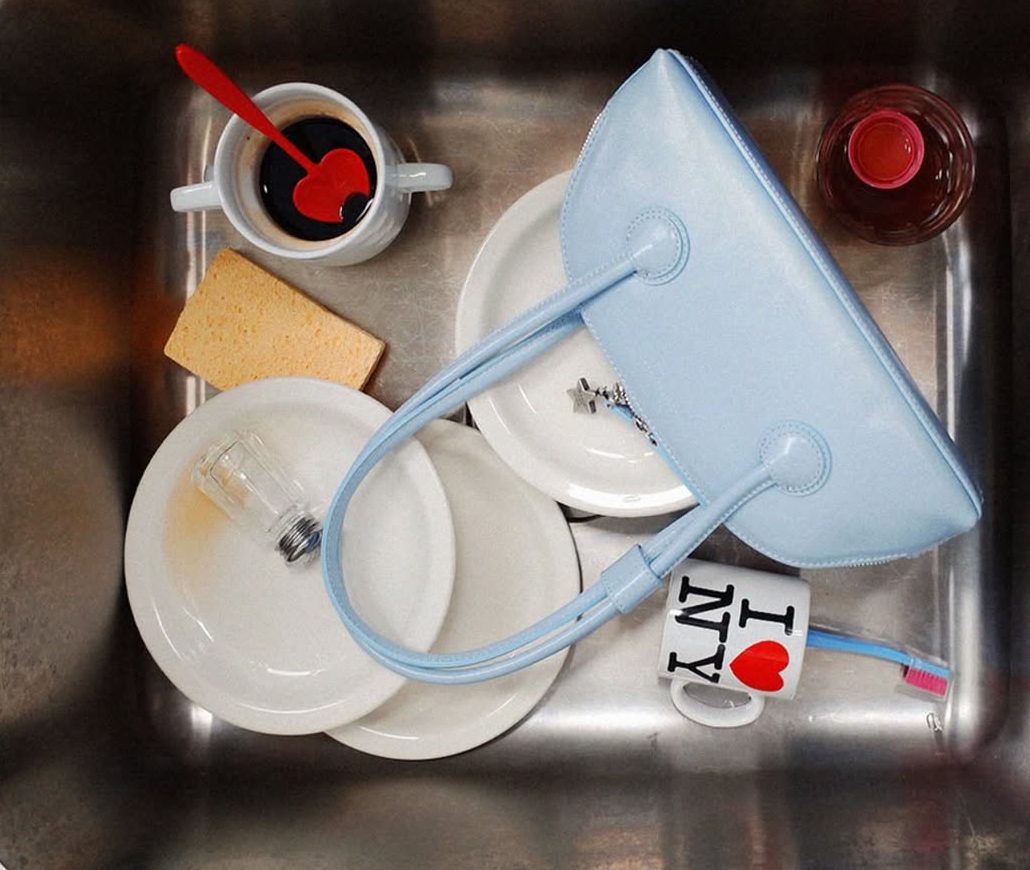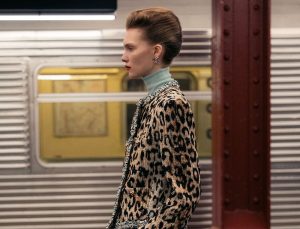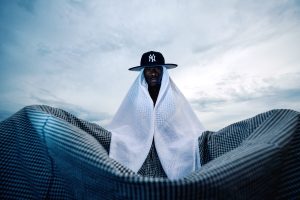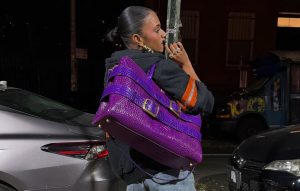With its short visor and soft or geometric cut, the military cap is back in action. And it’s no longer limited to the traditional camouflage pattern: Vichy checks, stripes, and bold colors now dress up this headpiece with a storied past. An accessory that, generation after generation, continues to stand the test of time without losing its edge. A closer look at a timeless piece that’s still climbing the ranks of popularity.
A brief history of the Military Cap
The origins of the military cap date back to the 19th century, when it first appeared in army ranks. Initially adopted by soldiers from the lower classes, it soon won over officers as well, who had grown weary of the rigid and cumbersome headgear of the time, such as the shako or the kepi.
With its soft shape and streamlined design, the “soft” cap established itself as a practical, functional alternative. Easy to fold, it could be slipped into a trouser pocket. Its apparent simplicity concealed great efficiency in the field, while its design evolved according to geographic regions, military ranks, and deployment conditions.
In France, the most iconic model is a hybrid between the Model 69, the army standard and the F1 model, both designed for outdoor operations. Nicknamed the “punishment cap” by soldiers themselves, it is also known as the “work cap” or “mechanic’s cap,” a nod to its everyday use in the field.
Beyond the French army, this type of cap also became a powerful political symbol. In China, Cuba, and the USSR, it was adopted by communist regimes as part of the uniform, often worn in khaki and adorned with a red star. An explicit reference to socialist ideology. This symbolic dimension helped forge the mythical aura of the military cap.
A sharp update
Sometimes all it takes is a short step from the trenches to the runways. Today, the military cap is making a comeback, far removed from army surplus stores, and is being highlighted in fashion. It has now put down roots on catwalks and in leading wardrobes.

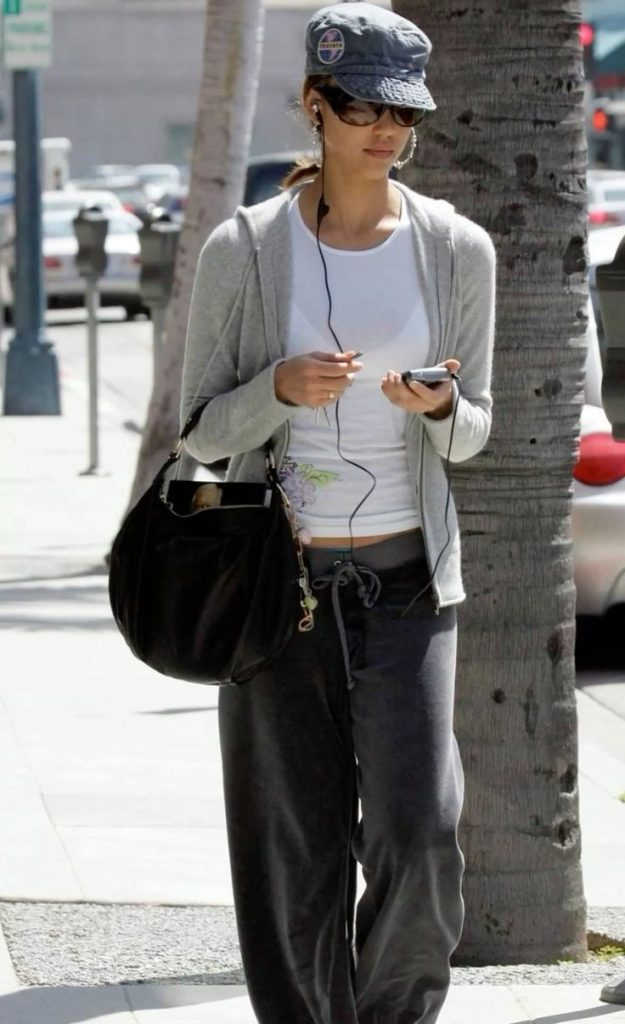
A striking example is the Louis Vuitton Men’s Spring-Summer 2024 show, envisioned by Pharrell Williams. The artist and artistic director reinterpreted camouflage in a neo-graphic version, more urban than military. At the heart of his vision: a hybrid cap, halfway between the Parisian newsboy and the military headpiece, confirming that the accessory has lost none of its evocative power. It even turned into a key piece of the collection, highly marketable, bridging popular culture and a warrior-inspired imagination.
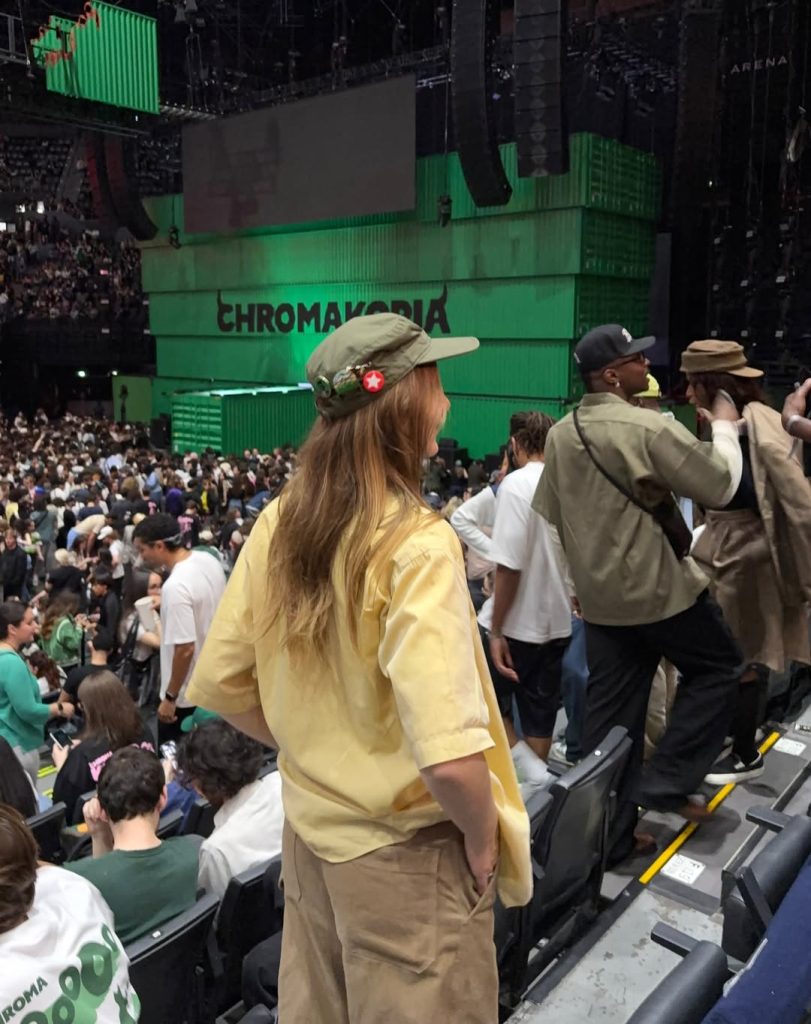
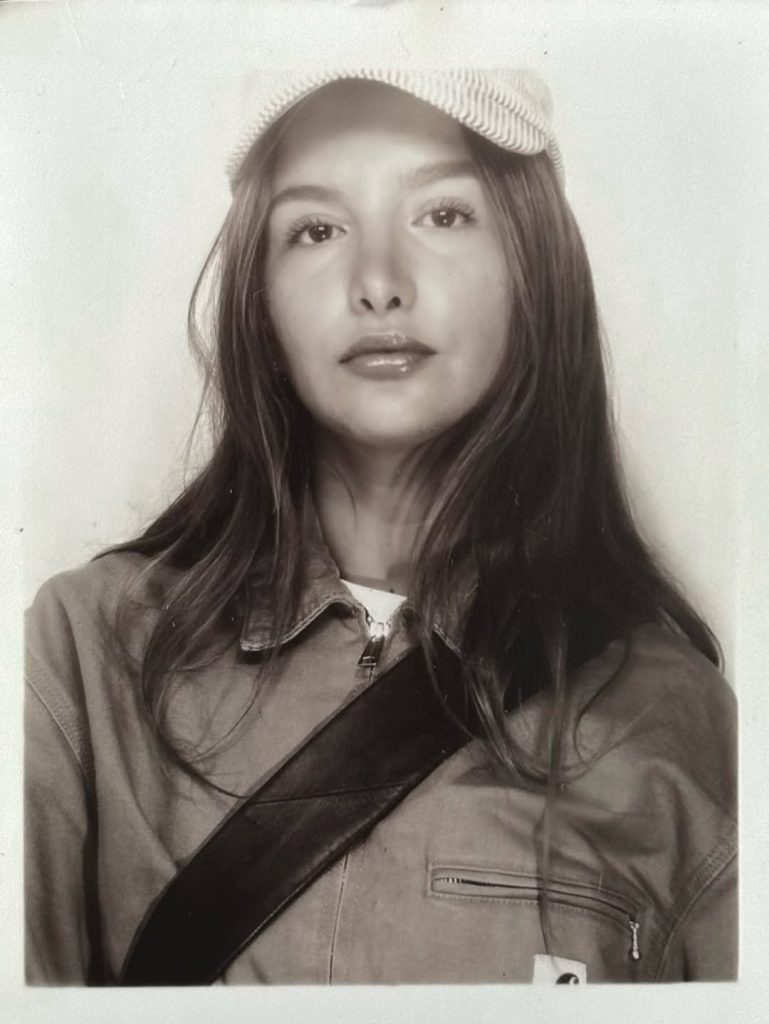
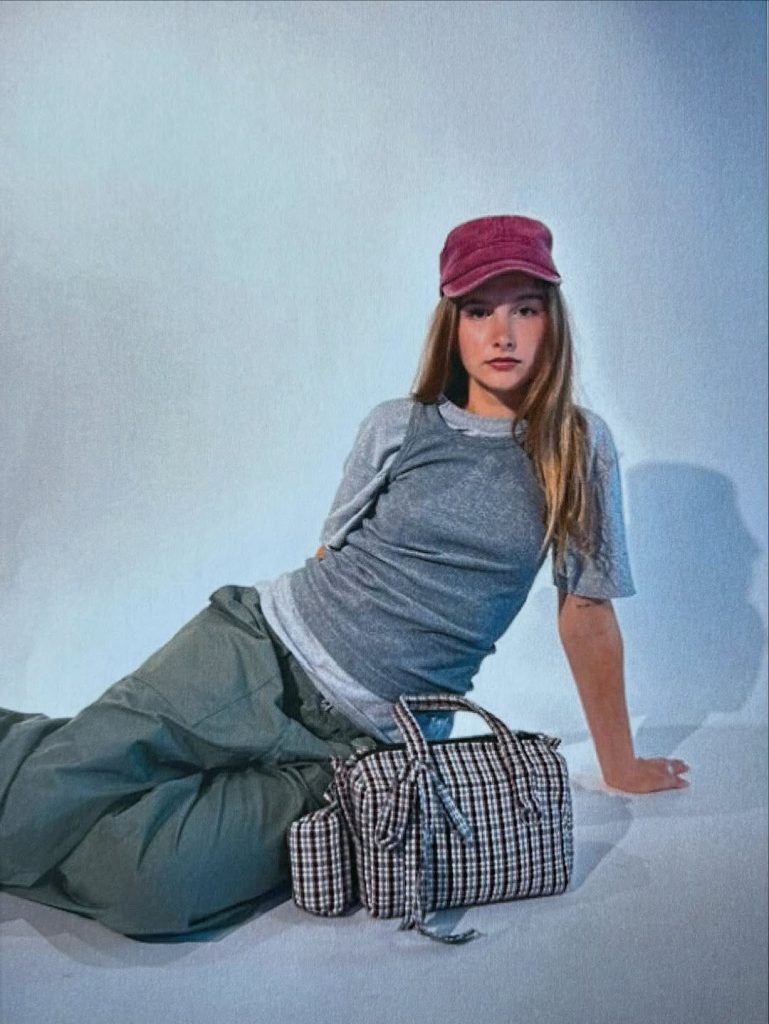
The street is keeping in step. French content creator Zoé Guyot is often seen sporting this type of cap, reinterpreted in her own way. Sometimes striped, sometimes colorful, often adorned with pins including the iconic red star. She pairs it with streetwear staples: Converse sneakers, Carhartt jackets, wide-leg trousers… Together, they create a look at the crossroads of military, working-class, and urban influences.
Military fever
The military cap is not an isolated case. Its comeback is part of a broader trend: the reinterpretation of military attire in contemporary fashion. Bomber jackets, fatigues, or parkas, once confined to the battlefield have merged into our daily wardrobes, to the point of becoming almost ordinary.
This shift reflects a broader evolution: military clothing has gradually shed its warlike connotations to become reinterpreted symbols. Khaki no longer signifies authority but utility. Camouflage has moved away from its original purpose, to disappear and instead assert itself in public space.
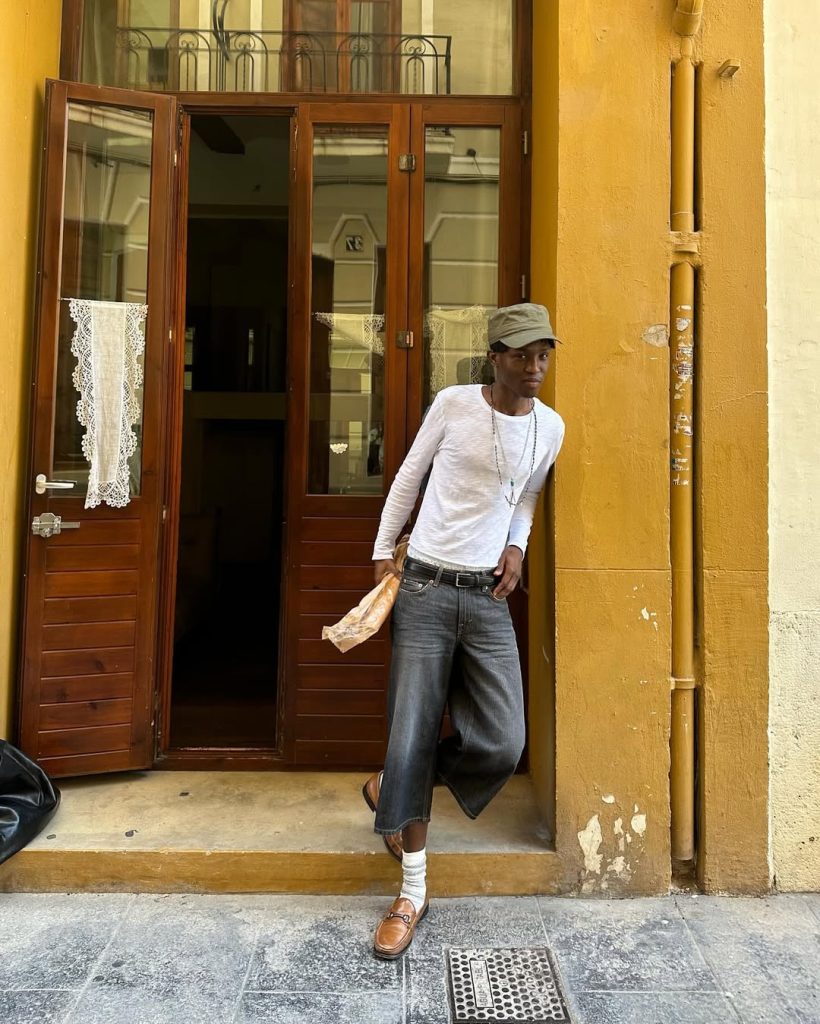
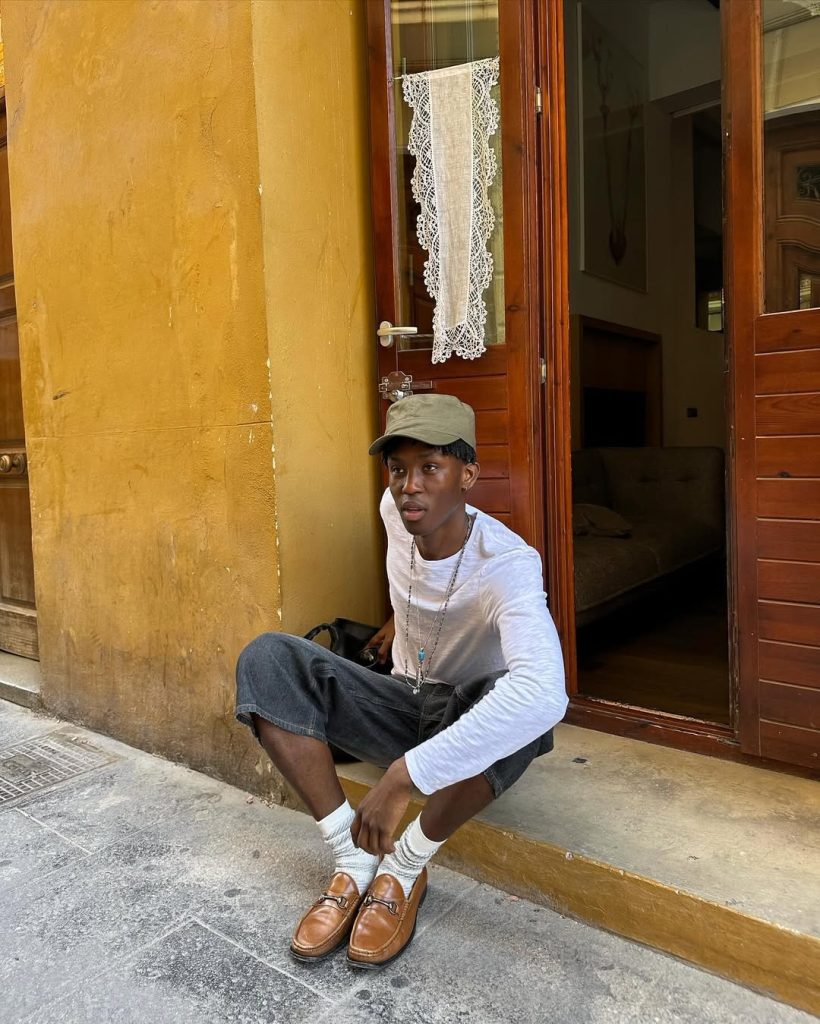
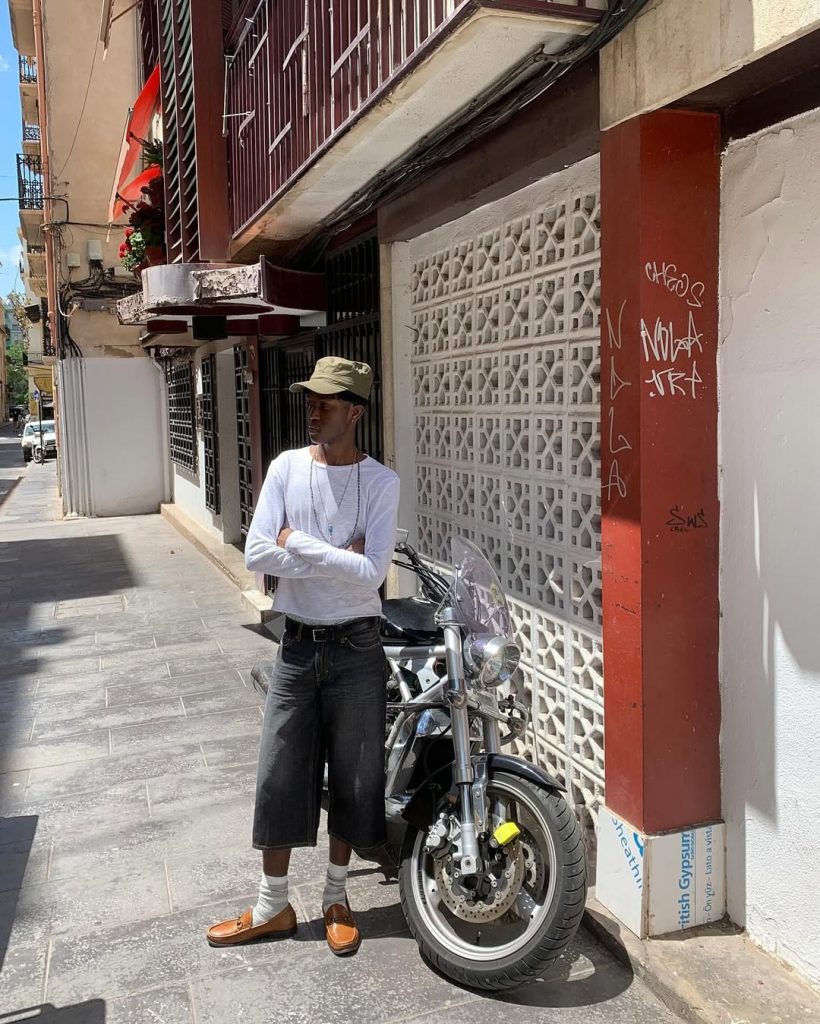
Behind this normalization lies a more complex reality: the growing militarization of the world, evident in current events. In response, fashion seizes these symbols and turns them on their head. Wearing a soldier’s cap can sometimes become a paradoxical act, transforming a garment designed for conflict into a manifesto for peace. Military attire is reinvented to dress civilian bodies, often in search of strength, identity, or resistance.
From the barracks to the catwalks, the military cap proves it is far more than a mere utilitarian accessory. By turns functional, political, fashionable, or activist, it continues to reinvent itself. A headpiece that, clearly, has not said its last word.


